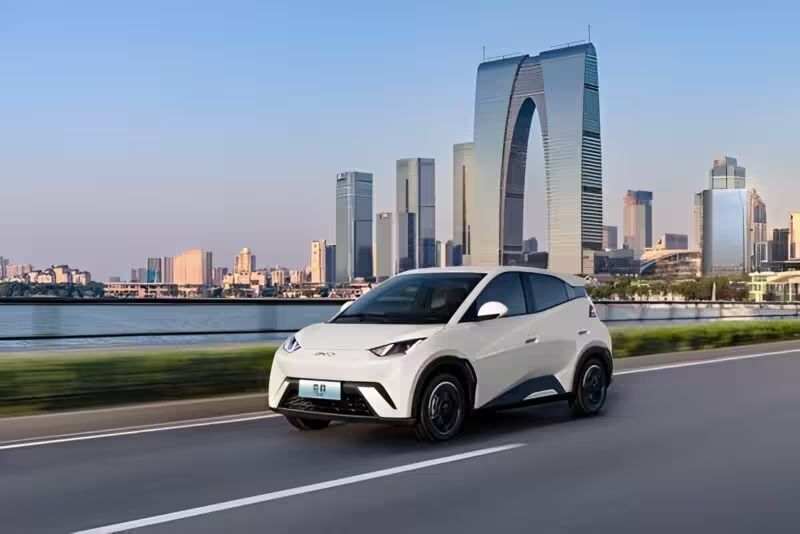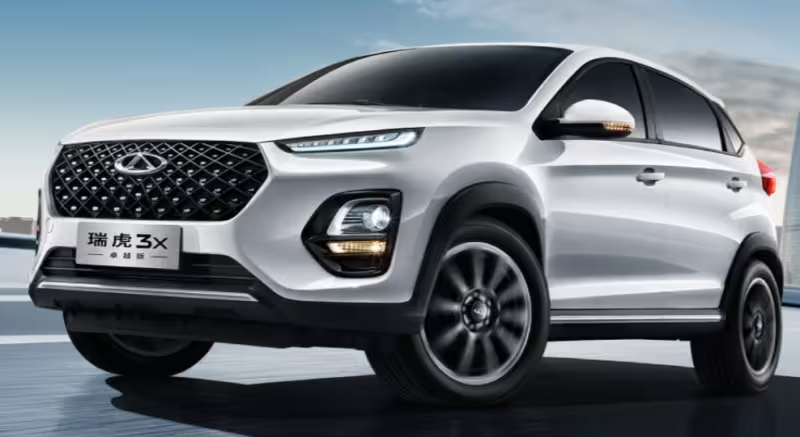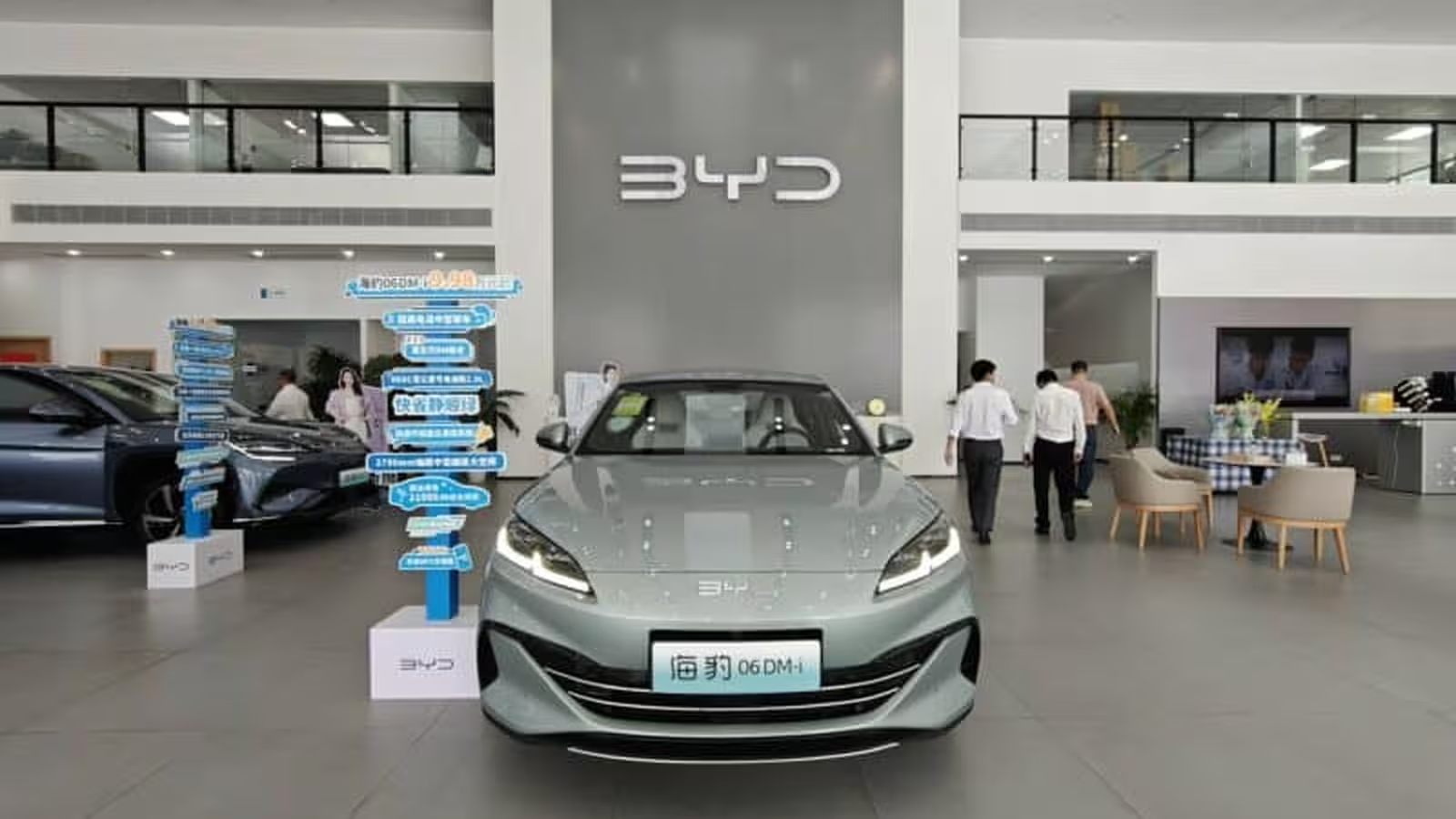6 Minutes
BYD’s Latest Price Cuts Reshape the EV Battlefield
On May 23, 2025, BYD made headlines across the automotive industry with a bold move: the company announced sweeping price reductions across 22 of its most advanced EV models, with discounts reaching up to 53,000 yuan (about $7,300). This aggressive promotion encompasses cornerstone vehicles in both its Dynasty and Ocean product lines. For instance, the BYD Seagull, now equipped with state-of-the-art driver assistance technology, starts at just 55,800 yuan ($7,700), while the hybrid Seal 07 DM-i drops to 102,800 yuan ($14,400) after subsidies. Marking the third major round of price cuts since late March, this strategy has sparked intense competition as BYD aims to clear inventory and guard its dominant position in China’s increasingly crowded electric vehicle (EV) sector.
Ripples Through the Auto Industry: How Rival Brands Reacted
The immediate ripple effect of BYD’s price war was felt throughout the Chinese automotive market. Major brands like Geely, Chery, and SAIC-GM wasted no time in rolling out their own special offers. Geely, for example, repositioned its Geome Xingyuan to a starting price of 59,800 yuan ($8,400), placing it in direct competition with BYD’s Seagull and Dolphin models. Chery responded by cutting the Tiggo 3X to a rock-bottom 34,900 yuan ($4,900) as part of an ambitious 10 billion yuan ($1.4 billion) subsidy program. Meanwhile, Buick fixed prices for its Envision and LaCrosse at 169,900 yuan ($23,900) and 159,900 yuan ($22,500), respectively. The price war is now shaping buying behavior and pressuring automotive brands across the board to adapt quickly or risk losing ground.

Industry Concerns: Regulators Warn of Unsustainable Competition
The aggressive pricing tactics have not gone unnoticed by regulatory authorities and trade bodies. The China Association of Automobile Manufacturers (CAAM) and the Ministry of Industry and Information Technology (MIIT) expressed strong warnings against chaotic price wars, highlighting a concerning decrease in overall industry profit margins from 4.3% in 2024 to just 3.9% in the first quarter of 2025. State-backed media, including the People’s Daily, warned of potential pitfalls reminiscent of the past motorcycle market collapse, which succumbed to unsustainable price undercutting in Southeast Asia.
Automakers and Suppliers Under Pressure
Executives from leading automakers have voiced serious reservations. Wei Jianjun, chairman of Great Wall Motors, has compared the current market atmosphere to a looming "Evergrande of the auto sector,” alleging that BYD is leveraging debt and squeezing its suppliers for cost reductions. Chery’s chairman, Yin Tongyue, stated that the company has been "coerced" into joining the price race, while Geely has called for competition based on comprehensive value rather than mere pricing. Underneath the surface, some industry insiders warn that the rush to reduce vehicle sticker prices could ultimately result in declining quality, such as weakened steel frames or downgraded components.

Supply Chain and Dealer Fallout: A Growing Crisis
Beyond carmakers, the downstream impact is already apparent. Reports indicate that a dealership in Jinan, Shandong, buckled under the weight of unsold vehicles and strained cash flow, leaving customers unable to register their purchases. Suppliers have also been asked for steep 20–30% price cuts on components, putting further stress on the supply network. Many suppliers are now engaging in "volume-for-price" compromises to avoid losing major contracts with BYD and other automakers.
Inside BYD’s Strategy: Strengths and Market Target
Industry analysts highlight several reasons why BYD is able to lead such a dramatic pricing campaign. The brand enjoys unmatched vertical integration, with more than 90% of its batteries produced in-house, and has benefited from a sharp drop in lithium carbonate prices (falling from 600,000 yuan to just 60,000 yuan per ton, i.e., $82,000 to $8,200). These factors allow BYD to cut prices while maintaining a robust gross margin of around 20%. Yet, despite its advantages, BYD faces significant challenges: of its 5.5 million unit sales goal for 2025, only 1.38 million vehicles were sold in the year’s first four months, prompting urgent actions to stimulate demand.
Market Positioning: Dominating the Budget EV Segment
BYD’s price reductions aim to conquer the lucrative sub-100,000 yuan ($14,000) EV segment. Despite a staggering 82% penetration rate, BYD holds only a 7.4% market share in this space, where over 3.5 million units remain unsold across all brands. The current strategy seeks to consolidate power as the market prepares for inevitable shakeouts and mergers.
Financial Markets React — But BYD’s Fundamentals Remain Strong
The stock market’s response was sharp: BYD shares slipped more than 10% on the Hong Kong exchange in two days, erasing over 100 billion yuan ($13.8 billion) in market capitalization. Yet, optimism remains for the automaker’s long-term prospects, given its reported 2024 net profit of 40.2 billion yuan ($5.5 billion) and significant research and development spending of 54.2 billion yuan ($7.5 billion). These numbers underscore BYD’s capacity for sustained innovation and resilience, even amid short-term volatility.
Enhanced Features for Consumers — But At What Cost?
For buyers, BYD’s deeply discounted EVs come with advanced smart driving features like Level 2 autonomy, ventilated seats, and next-generation infotainment systems, all for under 100,000 yuan ($14,000). However, automotive experts advise consumers to remain vigilant, as some cost-saving measures may involve substituting vital safety systems like ABS/ESP with less capable alternatives, potentially affecting vehicle safety and durability.

Regulatory Clampdown and Future Market Outlook
There is mounting pressure from regulators to put an end to unchecked price competition. CAAM now forecasts that only 5 to 7 automotive brands will ultimately survive in the highly competitive Chinese market. Leading names, including BYD and Geely, are leveraging both technical innovation and price leadership to challenge domestic and joint-venture (JV) incumbents. Legacy Japanese models such as the Toyota Corolla and Levin have also slashed prices by 40,000 yuan ($5,500) in cities like Shanghai to keep pace with local brands.
What’s Next: From Price Wars to Differentiation and Global Expansion
At its core, the fierce price war underlines the tension between rapid market growth and sustainable technological innovation as China’s automotive market evolves. The Ministry of Industry and Information Technology (MIIT) is expected to intervene, promoting a shift toward “differentiated competition” — with future battles likely revolving around cutting-edge EV technologies, battery breakthroughs, and global market expansion, rather than further price reductions alone.
As China’s EV sector enters a pivotal new era, automakers, suppliers, and consumers alike must adapt to a landscape where value, quality, and innovation — not just price — will determine the winners of tomorrow’s mobility revolution.



Comments